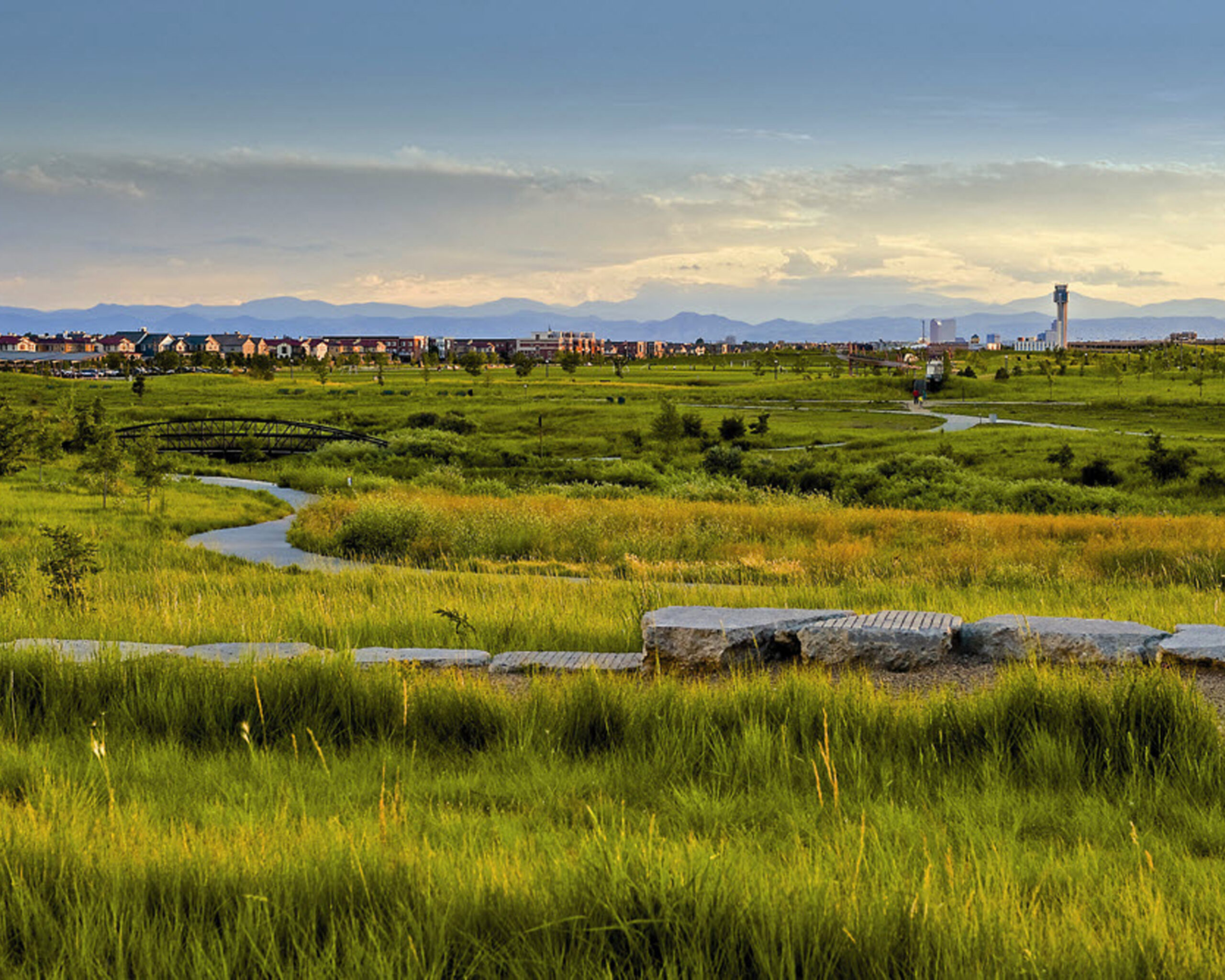
Creating Nature-Positive Developments that Regenerate Biodiversity and Give Back to Local Ecosystems
Dig Studio was featured in Colorado Real Estate Journal’s Building Dialogue to share that wildlife populations have been steadily declining for decades. Currently, one million species are at risk of extinction. Unfortunately, the buildings industry plays a significant role in global biodiversity loss: In converting natural landscapes to developed land, real estate strips away the ecosystems that make survival possible for many species.
But as we unpack how industry practices have historically harmed our planet, we can begin to turn the tide — and create “nature-positive” developments that regenerate biodiversity and give back to local ecosystems.
Dig Studio is excited to see growth in nature-positive development across Colorado. Recently, Laurel Raines and Bill Vitek, both founding Principals at Dig Studio, along with two other industry experts and the Urban Land Institute, contributed an article to Colorado Real Estate Journal’s Building Dialogue Magazine, where they argue that real estate is at a tipping point: Increased industry and social focus on ESG means that not only will nature-positive development become more common, but soon, it may even be required by policy and regulation.
For example, Dig Studio’s transformation of the former Stapleton International Airport into a connected system of over 1,000 acres of parks and open space that knits the community together and provides ecological habitat through a low water use landscape. Also, at Paco Sanchez Park a multi-generational adventure playground was created for an underserved neighborhood and maintains use of green space.
In their article, they explore examples of nature-positive and socially conscious developments across Colorado and share thoughts on how the real estate industry can protect local ecosystems.


